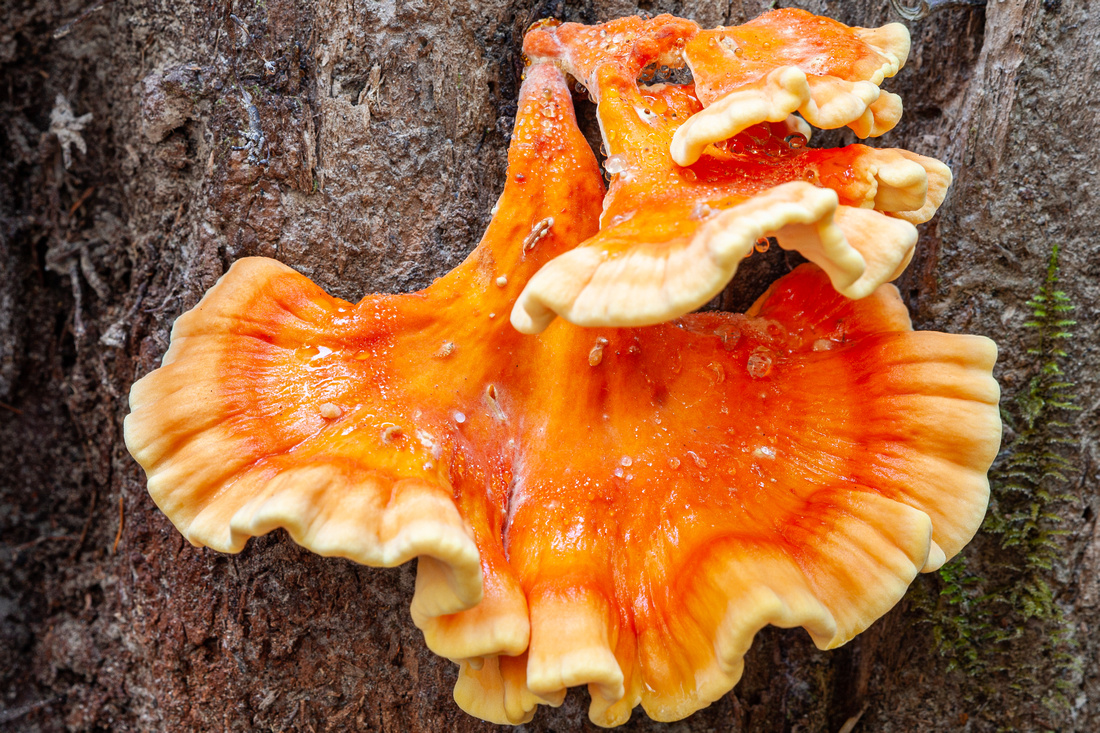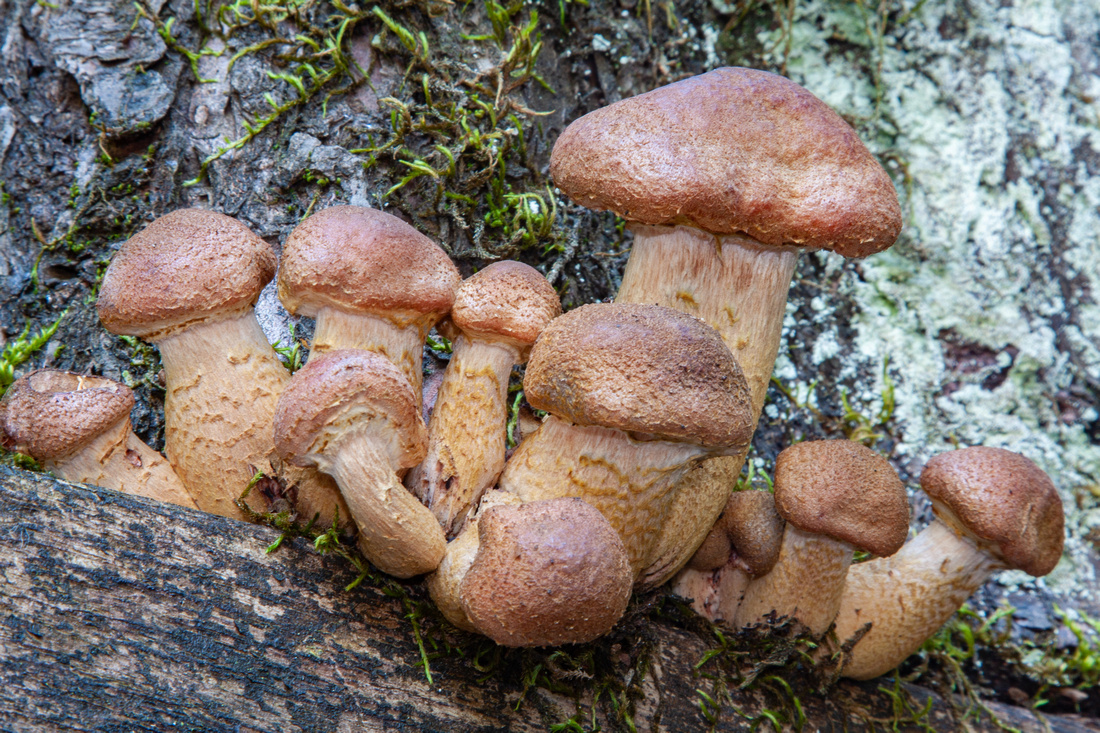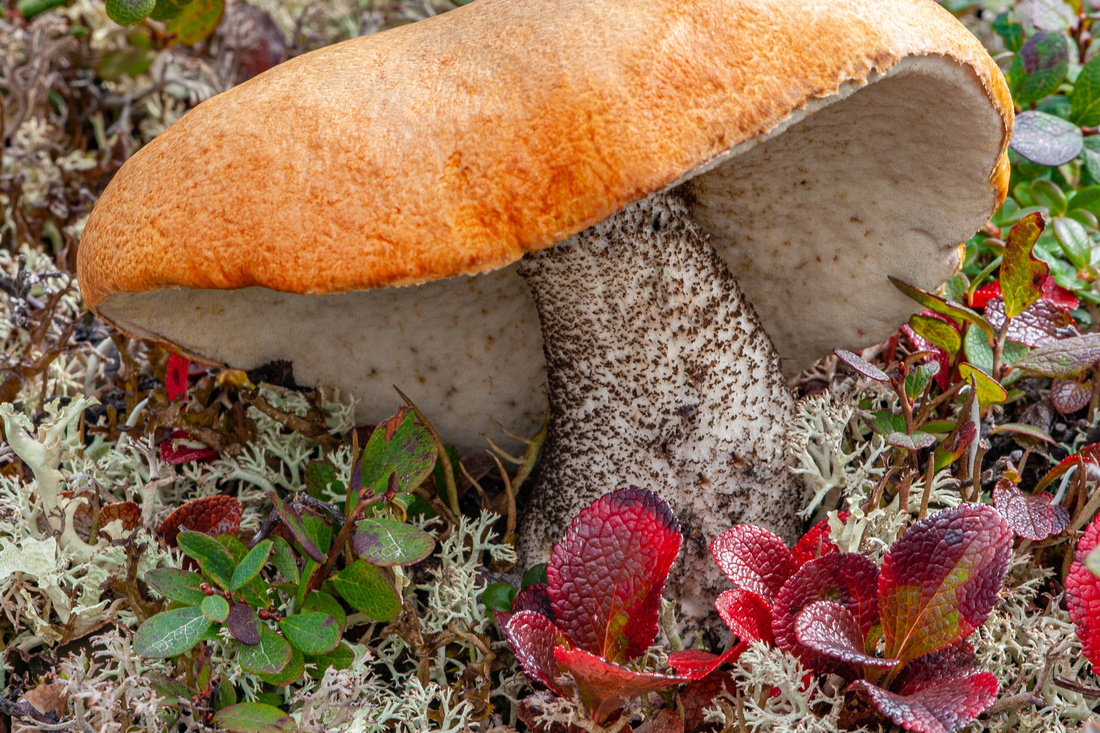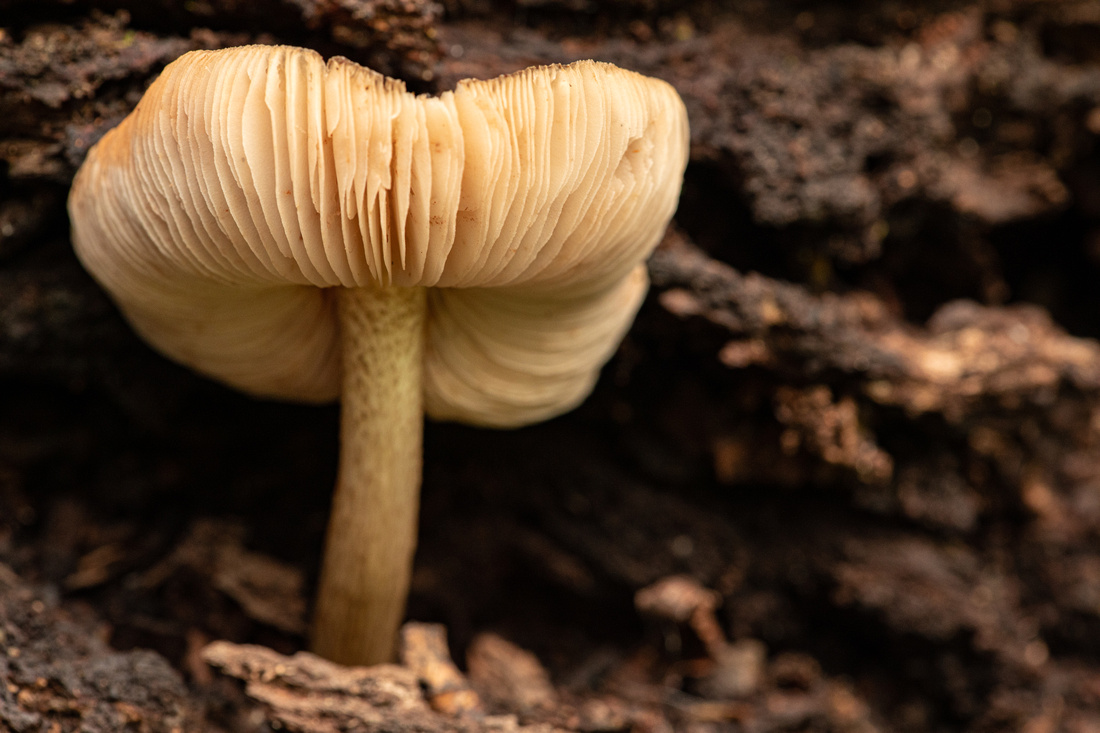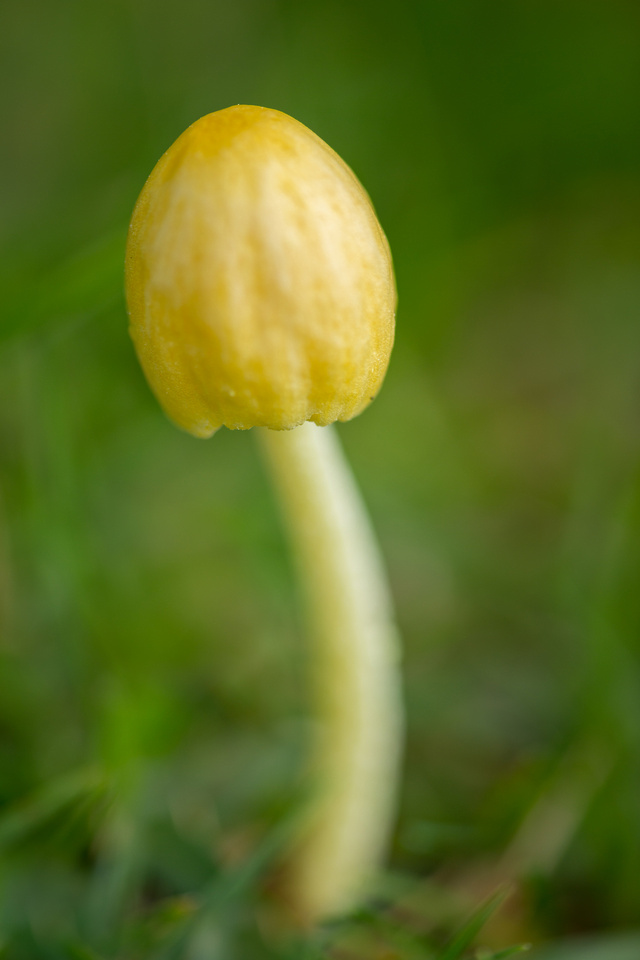Creating compelling water images
Magnificent Mushrooms: A photographer’s approach
Text and photos by Heather Cline
|
Chicken of the woods, Redwoods National Park |
If you have not seen the documentary Fantastic Fungi, I highly recommend it. It explains mushroom’s purpose in nature and relationship with humans - and contains visually beautiful time-lapse cinematography. Watching this movie gave me a whole new appreciation for fungi and inspired me to write a blog post about them.
Mushrooms have been around for millions of years, evolving into a variety of types, colors, shapes, and textures. There is disagreement among the scientific community on how many species of mushrooms exist, but I think it is safe to say the number is in the millions. Due to the vast number of types of mushrooms on earth, identifying the correct type can be quite a challenge. In fact, it took me longer to research and identify the mushrooms appearing in this blog than it did to photograph them, but I didn’t mind at all. While photography satisfies my creative needs, it is also fascinating to learn and read about all the things I find in nature, including our fungi friends.
Full disclaimer: there may be mistakes in my identifications due to the large amount and visual similarity of many mushrooms, but I made a concerted effort to validate based on the location, size, and descriptions available.
|
Mushroom, unknown species |
If you are interested in foraging for edible mushrooms, there are many resources available on the internet. For this blog post, I’m primarily concerned with photographing mushrooms, so that is the subject matter I’ll focus on.
Where to find mushrooms
Locating mushrooms isn’t difficult if you know where and when to look.
They grow best in a shady environment with good humidity and air flow. Temperatures between 55 and 60 degrees are ideal as well. Looking towards the base of trees among rotting stumps and branches is generally pretty reliable.
Some stand out with bright colors, while others blend in with the surrounding ground cover. Some are so small that you might not notice them at first, but once you spot one, it is amazing how quickly you start to spot others.
Autumn through early spring are reliable seasons for spotting mushrooms due to the cooler temperatures and increased rainfall.
Fun Fact: Before our world was covered in trees it was blanketed by giant mushrooms. These species measured 24 feet high and up to 3 feet wide. Ancient fossils of these gigantic structures confirmed that they were fungi.
Site considerations
- Get low to get the image. Mushrooms typically grow on or near the ground and are best photographed at their level so you should plan to spend some time on the ground when photographing them. I typically wear clothing that I don’t mind getting dirty because I’m inevitably covered with dirt by the time I’m done.
- Because mushrooms grow best in shady locations, the light may be limited so a tripod is your best friend to allow for longer shutter speeds. The nice thing about mushrooms is they tend to sit still and don’t sway with a breeze so you can get away with longer shutter speeds.
- Sometimes they grow in trees, fallen logs, or other locations that can be awkward to position your camera. This is another reason a tripod is beneficial. Having one where the legs can flatten to allow for creative placement can help you get an otherwise impossible shot.
|
Orange Birch Bolete, Denali Alaska |
Fun Fact: Mushrooms are made up of 90 percent water.
Lighting
As mentioned above, natural light tends to be limited in mushroom territory. I find two things help with giving these subjects a little illumination:
- A flash: fill flash can be used to fill in the shadows and add a little light to the subject. The general rule in photography is that you want the subject to come forward, which is typically accomplished by making it brighter than the background, and a flash can be helpful in accomplishing this. A flash can create harsh light that is unflattering. Here are some ways to make it more natural:
- Bounce the flash off on object opposite your subject. I have used everything from rocks, my own clothing, and a reflector to soften the light.
- Add a diffuser in front of the flash. This can be anything from a store-bought flash diffuser to tissue or wax paper.
- Take the flash off the camera and experiment with it at different angles to the subject. Side lighting can be especially pleasing. This can be accomplished with an off-shoe cord or remotely if your camera supports that functionality.
- A reflector: this compact tool can be positioned to bounce light back towards the subject. This can be especially helpful if there is some sun light coming through the canopy. These can be handheld or secured with a clamp to ensure it is angled correctly. Reflectors tend to create soft, natural light that can be difficult to create with a flash.
|
Death Cap, Effie Yeaw Nature Preserve |
Fun Fact: Mushrooms can create an air flow around themselves which helps to spread their spores for future mushroom growth.
Composition
A nice benefit of photographing mushrooms is their willingness to sit still. Nature photography rarely affords us opportunities to linger with our subjects because they are ever moving and changing. Mushrooms, on the other hand, allow you to evaluate the entire scene before even taking your camera out of the bag. Some good questions to ask when deciding on a composition:
- Does the surrounding environment compliment or distract from the subject?
- What point of view ensures the mushroom(s) is /are the star of the image?
- What is the quality of light (filtered, direct, deep shadow)
If the environment improves to the overall composition, then a wide angle or standard focal length lens is a good option to include it with the mushroom(s). On the other hand, if it only serves to distract, a telephoto or macro lens can help frame the subject while eliminating distracting elements.
Because mushrooms tend to be small, a macro lens is always a good option to have on hand. This gives you a lot of control over the background which is just as important as the subject itself. It also allows you to highlight the details that most people don’t see.
|
Yellow Fieldcap, Pacific Grove, California |
Regardless of the option you choose, it is important to groom the scene before taking any shots. This means removing leaves, twigs, blades of grass – really anything that clutters the composition. I often groom the scene, take a photo then check the LCD to see if anything pops out as a distraction and every single time, I end up doing another round of grooming to remove distractions.
Depth of field plays a role in composition as well. You can leverage a wide aperture to blur out distracting elements that you cannot physically remove from the image. A deeper depth of field is a good option for images that include the surrounding environment. If you are going to include it, you want it to be recognizable. Given the size and location of mushrooms, it typically takes a little while to set up each shot, so it pays to take several images at different apertures. The beauty of digital is that you can always delete those images that aren’t as strong.
Finally, framing in tight to isolate just parts of the mushroom(s) can create some nice abstract images.
|
Pleated Inkcap, Silver Falls State Park, Oregon |
Fun Fact: Mushrooms are not a plant or vegetable. They're a fungus and are more closely related to humans than they are to plants. Just like us fungi breathe in oxygen and breathe out carbon dioxide, the opposite of what plants do.
I hope you have enjoyed this post and it inspires you to go hunting for mushrooms too. For additional photos, check out my mushroom gallery here.
Comments
Truman

